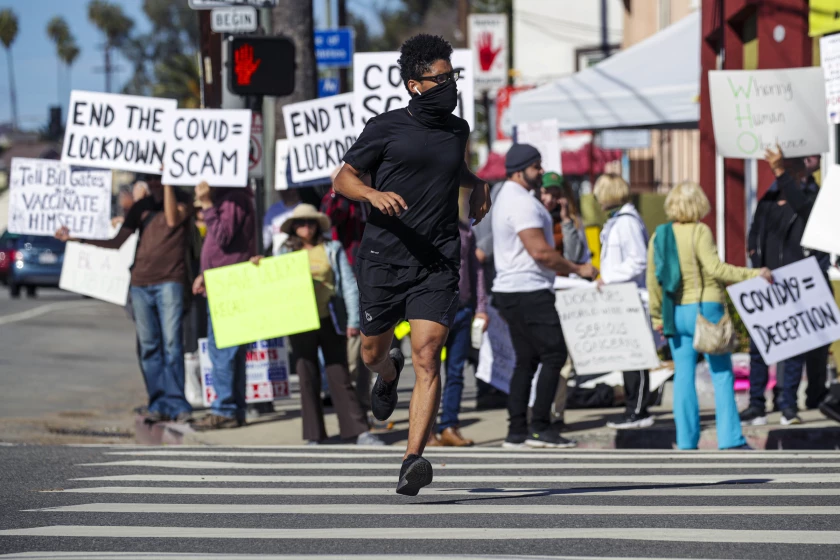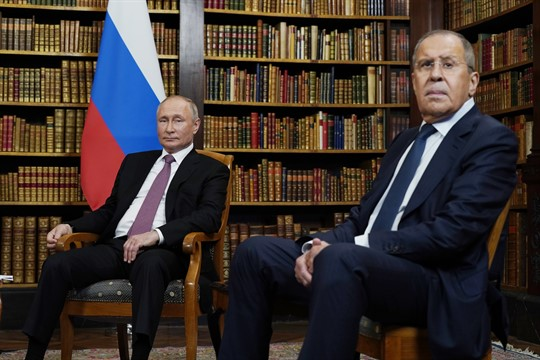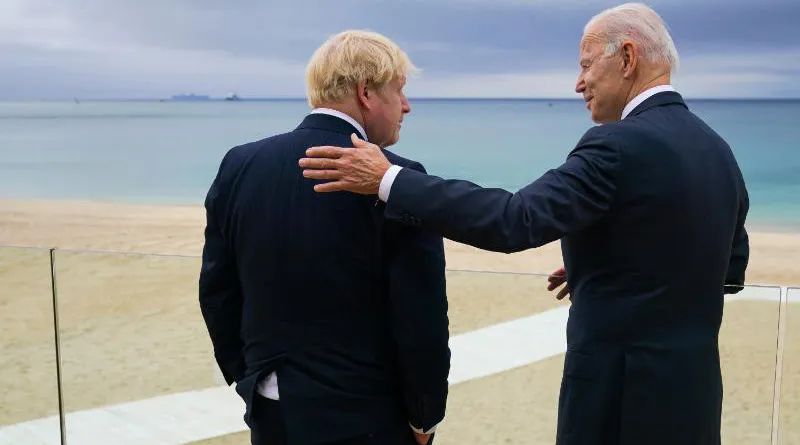The American Trap
The American Trap – My Battle to Expose America’s Secret Economic War Against the Rest of the World. Frédéric Pierucci (with Mathieu Aron). HOdder & Stoughton, London, 2020.
It becomes more clear with more and more readings that the “American trap” is the U.S. dollar, and that for some it is no secret. Frédéric Pierucci’s well written personal story tells how he became a pawn in the greater game of economic control of the world’s finances and the world’s politicians and corporations. This story reminded me of John Perkins’ Confessions of an Economic Hitman in that it is not an academic research paper nor a journalistic exposé, but the story of one person’s journey into the darker side of geopolitical manipulations.








